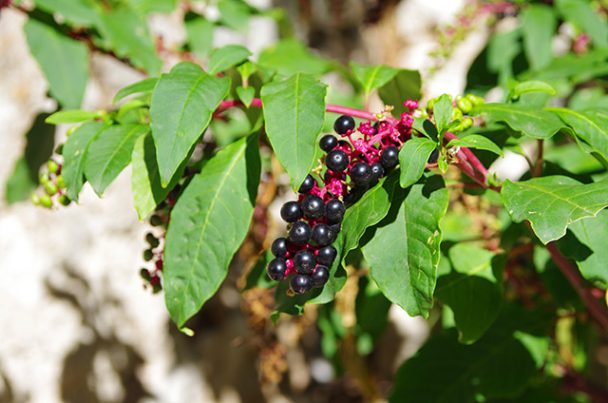Foraging safety tips: How to identify common poisonous plants and mushrooms
Thursday, October 17, 2019 by Edsel Cook
http://www.bugout.news/2019-10-17-foraging-safety-identify-common-poisonous-plants-mushrooms.html

Preppers and survivalists who plan to forage in the wilderness will not only need to look for edible plants and mushrooms, they also need to recognize poisonous counterparts.
Poison ivy is one of the most common poisonous plants that may end up in the backyard. Fortunately, people may develop a resistance to the vine by taking poison ivy pills.
Water hemlock has the grim distinction of being North America’s most violently toxic plant. They tend to grow in meadows and other rural areas with running water that keeps the land moist.
Oleander is both beautiful and deadly. Every part of this ornamental plant contains potent toxins. Despite the danger it poses, it is one of the most widely planted poisonous plants.
Thankfully, oleander also tastes so bitter that no one in their right mind will eat enough of it to get poisoned. But children, toddlers, and livestock remain at risk. (Related: Learn to identify these poisonous plants that look edible but could kill you.)
Watch out for these common poisonous plants
Like oleander, pokeweed is popular among people despite being a poisonous plant. By boiling the leaves thoroughly several times and throwing out the water each time, they become safe for consumption as poke salad.
Like other members of the laurel family, the mountain laurel proves quite toxic. It is common in Washington and several other states.
Mountain laurel prevents forage and grass from sprouting beneath it. Any livestock that eat it will become nauseous to the point of throwing up.
Some animals reportedly die from ingesting the toxic plant. The toxicity depends on the dosage and the size of the animal eating it.
Deadly nightshade came from the Old World. In the North Cascades of western Washington, it may often grow on the roadside. It resembles the useful black nightshade.
Deadly nightshade berries resemble dark-colored cherries or their cousins, the tomato. Children may find nightshade berries pretty enough to pop into their mouths.
The castor bean plant contains ricin, a poison so deadly that the Soviet KGB used it for assassinations during the Cold War. Eating as few as eight beans will be lethal for an adult.
On the upside, it serves as a source of useful castor oil. It also helps keeps moles and other varmints out of any garden where it grows.
Jimsonweed is a Central American relative of the nightshade. Understandably, it’s toxic. Frustratingly, some people will still eat it for its hallucinogenic properties.
Don’t mistake these poisonous mushrooms for magic shrooms
Besides poisonous plants, there are also toxic mushrooms. Many belong to the Amanita family, which all share the same egg-shaped base and look like they rise from the soil.
If you ever played a Mario game, you will recognize his toadstool power-up item as fly agaric (Amanita muscaria). While it has mind-altering properties, it is not a psilocybin mushroom (magic mushroom). And since it’s an Amanita, it is toxic.
The destroying angel is an all-white Amanita mushroom. If the morbid name isn’t already a giveaway, it is the deadliest mushroom in North America.
Conocybe filaris flourishes in lawns in the Pacific Northwest. The flat-capped mushroom is light brown and has a veil-like ring around its stem.
The ring tricks many people into thinking it is a magic mushroom, but C. filaris is almost as toxic as the destroying angel. Remember: A wild mushroom with a ring around its stem is usually poisonous.
Galerina marginata bears such a ring around the upper part of its white-brown stem. The underside of its light brown cap sports prominent gills. Like the previous species, its resemblance to magic mushrooms gets people killed and gives shrooms a bad name.
Know your wild edibles – visit Bugout.news to learn more.
Sources include:
Tagged Under: Tags: bug out, deadly shrooms, food foraging, food safety, food supply, forage, foraging, green living, how-to, magic mushrooms, off grid, poisonous mushrooms, poisonous plants, preparedness, prepper, Preppers, prepping, self-reliance, survival, survival skills, survivalists, sustainable living, wild edibles, wild mushrooms, wild plants, wilderness survival

